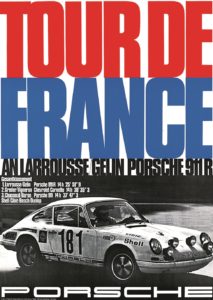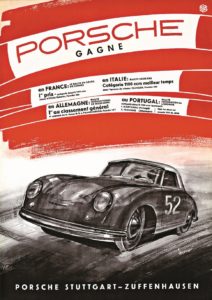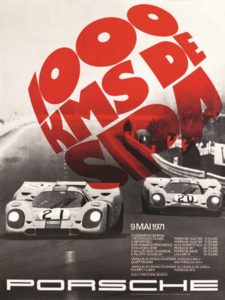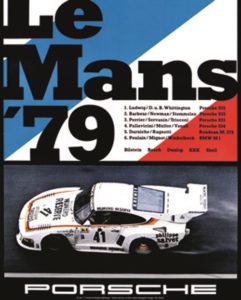Erich Strenger and Porsche: A Graphical Report (Review)
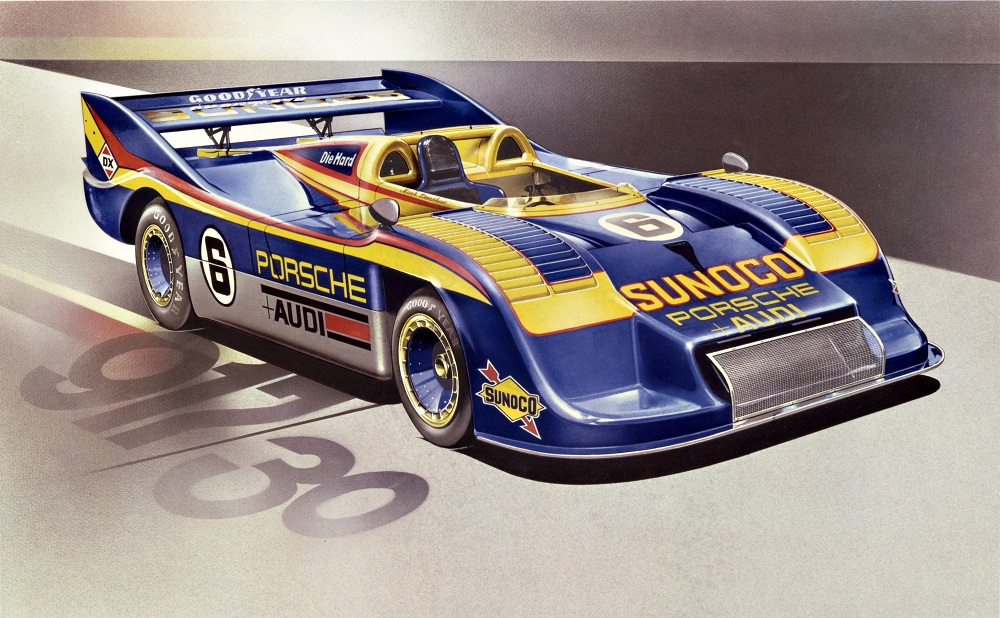
For over 30 years, graphic artist Erich Strenger influenced Porsche’s iconic look and made a mark on its branding that still hasn’t faded.
Porsche sports cars are primarily known for their impressive performance and their beautiful, timeless designs whether they’re standing still or in motion. For decades, people have written books about the vehicles and the people behind them. Now, from publisher Delius Klasing comes a different kind of Porsche book: Mats Kubiak‘s Erich Strenger and Porsche: A Graphical Report. The comprehensive tome reveals the life and work of Erich Strenger, a man who never designed an actual Porsche but was instrumental in the way the world saw the brand as a whole between 1951 and 1988.
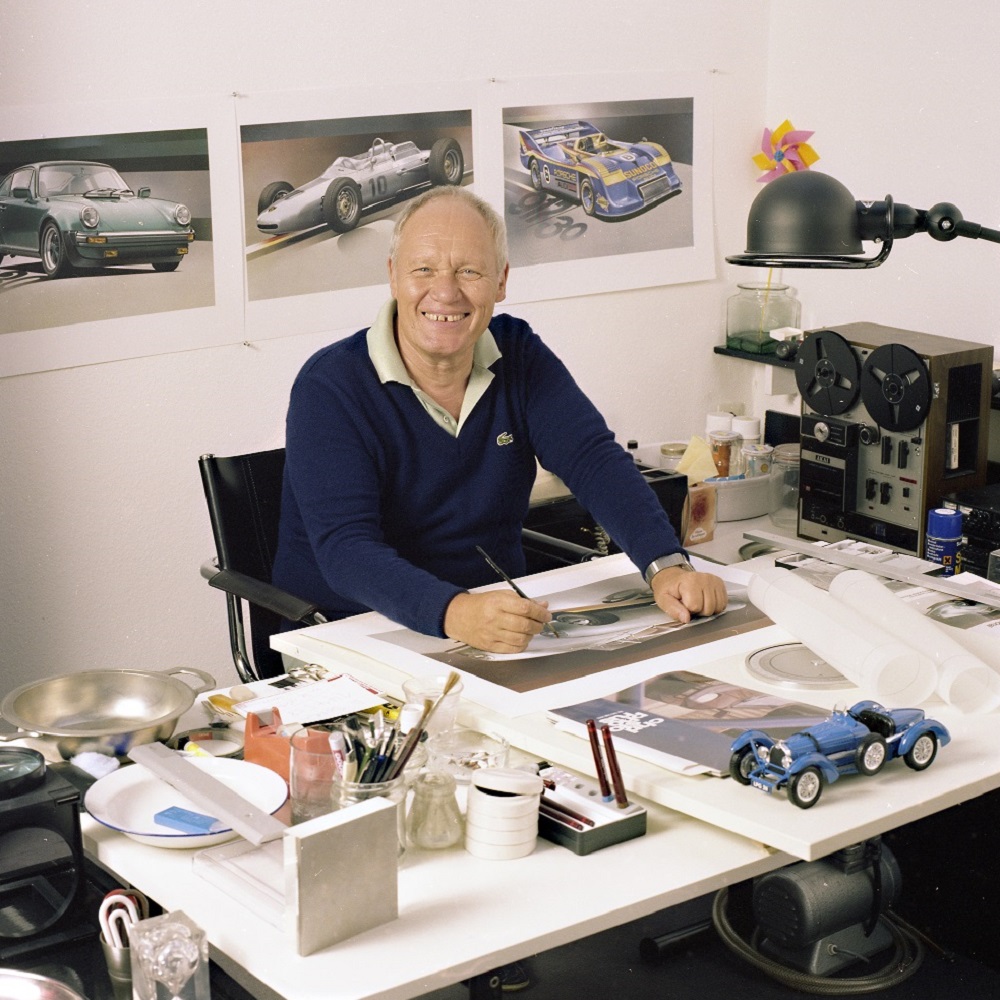
Being that it’s about a graphic designer, the book is primarily pictures. They range from Strenger’s oil painting-like rendering of the bent-windshield 356 to saturated images of 911s on racing posters to his photographic campaigns, one of which showcased the Carrera 2.7 RS. Strenger’s work with photography was particularly eye-pleasing because of its soft, subdued colors and peaceful scenes of leisure and luxury. Anyone who has read Christophorus, the official customer magazine of Porsche AG (named after the patron saint of travelers, St. Christopher) anytime between the 1950s and 1980s may recognize some of the many covers Strenger designed. Erich Strenger and Porsche: A Graphical Report also includes some of Strenger’s mind-bending, post-Porsche art pieces.
As attractive as the images in the book are, the text is even more interesting. To only look at Strenger’s career prevents you from getting the entire picture. You need to read about it, too. It doesn’t take long and it teaches you how Strenger made a major impact at Porsche in its early days and how he made a mark on its branding that still hasn’t faded.
History of a Porsche visionary
Born into a well-to-do family in 1922, Strenger went on to become an apprentice reproduction photographer at a graphic arts institute, then attend Stuttgart State Academy of Art and Design. After serving in the German military during World War II and staying in a Russian POW camp until five years after the global conflict ended, Strenger opened his own studio.
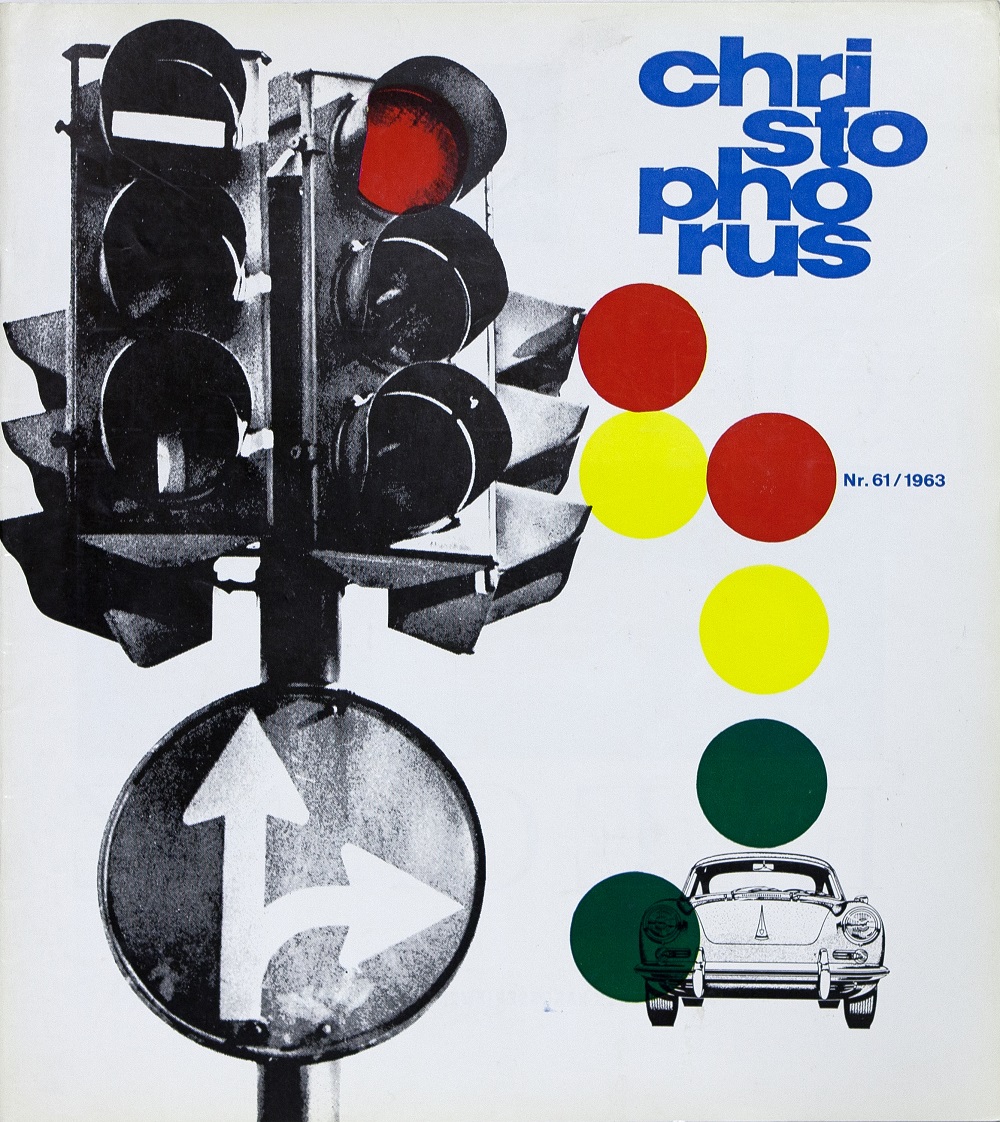
Through a chance encounter with Richard von Frankenberg, a Porsche employee and historian who had written a biography of Ferdinand Porsche, Strenger began working for the German automaker. Frankenberg was already tasked with developing Porsche’s marketing department; he and Strenger joined forces to strengthen its public relations and form Porsche’s brand image. Their collaboration on the designs of the Christophorus owners magazine furthered the reach of Porsche’s corporate communications.
As Porsche grew and matured as a company, it changed its approach to informing potential customers abouts its vehicles. Strenger was there when Porsche favored handing out brochures, including the one he designed for the 1952 Porsche 356, at auto shows over large-scale advertising. In an effort to keep Porsche’s messaging “consistent” and “promising,” Strenger developed the print-ad templates for European dealers to choose from and use. He was aware that buyers were increasingly mindful of vehicle characteristics such as exclusivity, elegance, and performance, which led to him developing Porsche’s “communication combination” advertising concept. Porsche used it until the early 1980s. In 1981, Strenger conceived its replacement: the “Porsche communication strategy” that harnessed the power of print, radio, and television.
To fans of Porsche’s vintage race cars, Strenger’s most significant accomplishment may be the posters he designed to commemorate the brand’s motorsports triumphs.
Perhaps Strenger’s most visible and memorable contribution to Porsche’s advertising and marketing came about because of the bent windshield Porsche 356 brochure in the early 1950s. Porsche wanted a standardized text to promote itself. Strenger created the logotype for it, which, following a touch-up by Kurt Weidemann in the 1990s, is still in use.
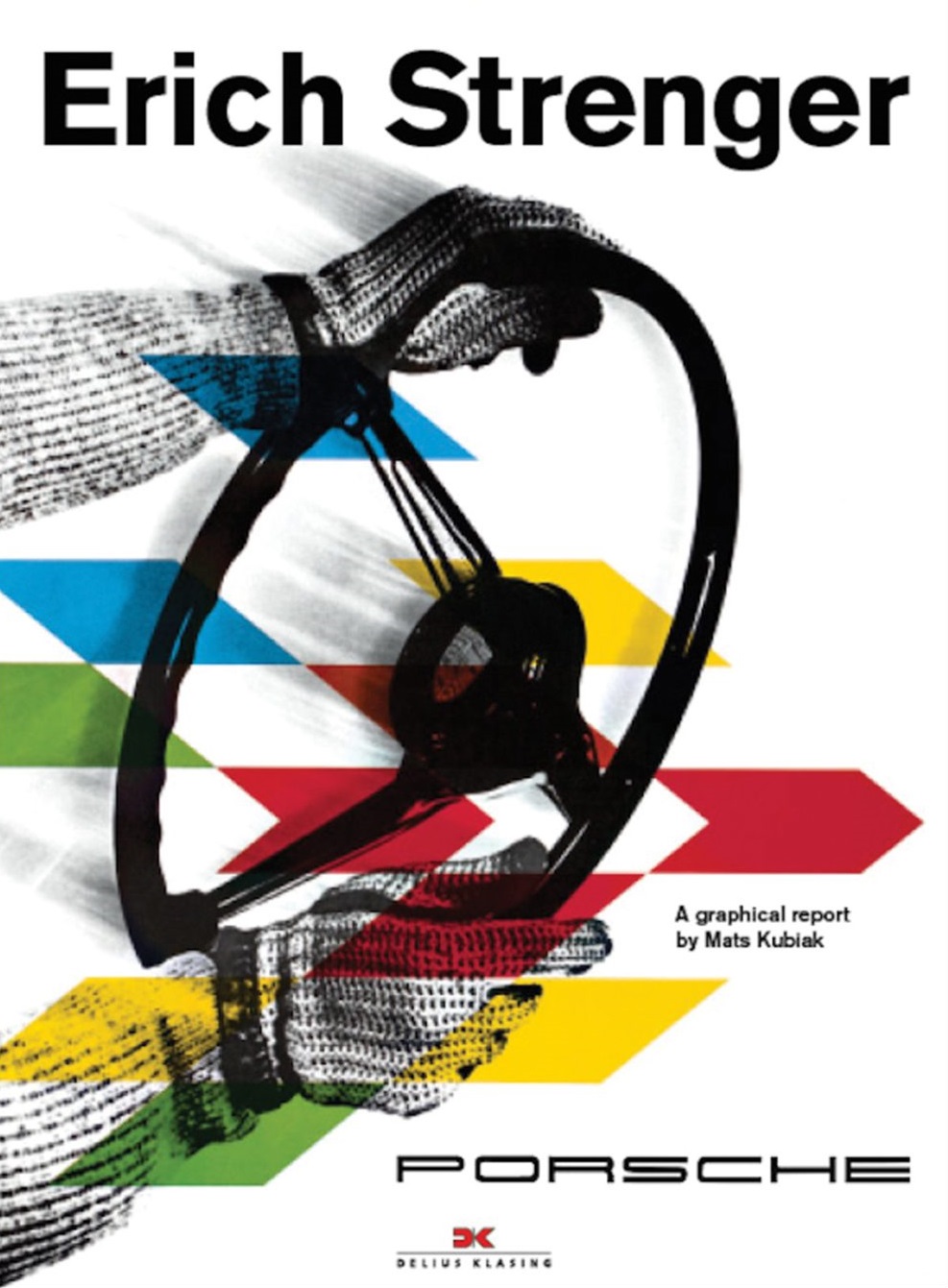
To fans of Porsche’s vintage race cars, Strenger’s most significant accomplishment may be the posters he designed to commemorate each of the brand’s motorsports triumphs.
“While the posters were naturally unable to quench the understandable desires of many young men in the immediate postwar period to experience the 24 Hours of Le Mans up close and personal, they did offer a taste of the big, wide world, making them particularly popular,” writes Kubiak in Erich Strenger and Porsche: A Graphical Report. “Perhaps this is also one of the main reasons why the posters found their way into more and more teenagers’ bedrooms,” he adds.
Join the Rennlist forums!
The recently-released Erich Strenger and Porsche: A Graphical Report is a compelling history of Strenger’s work and marks the first time that his story is being told in such a comprehensive way. Additionally, it expertly chronicles his iconic posters and cover art. The hardcover edition of the book runs around $45 and is available at bookstores nationwide and via Amazon.

